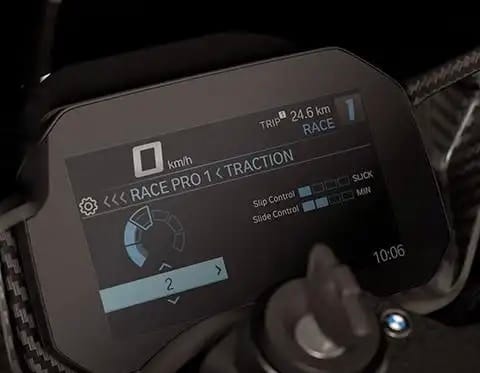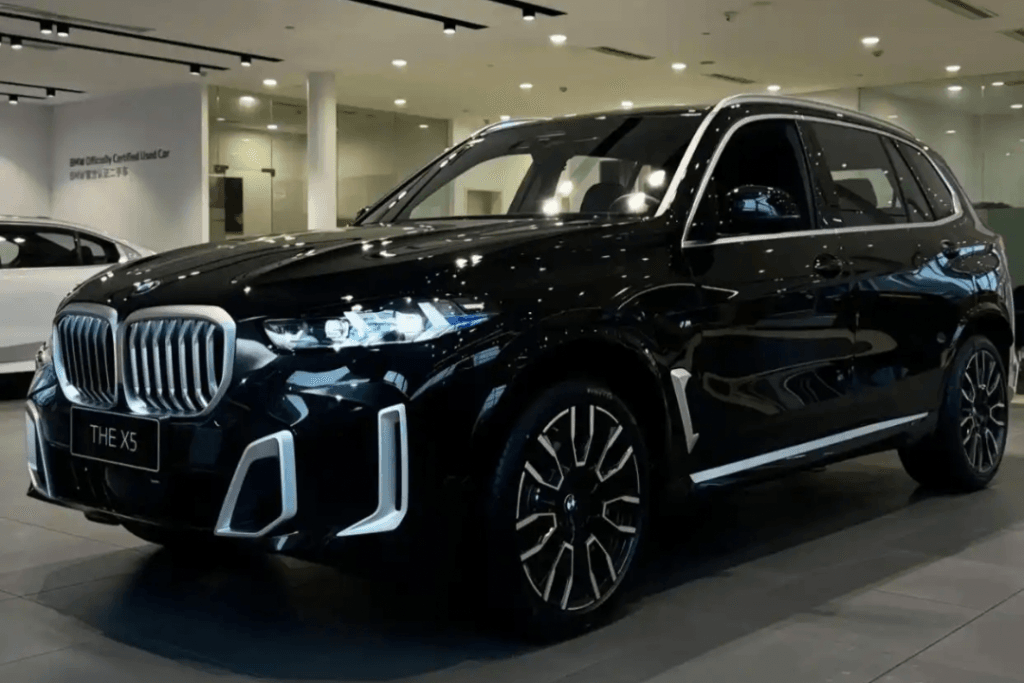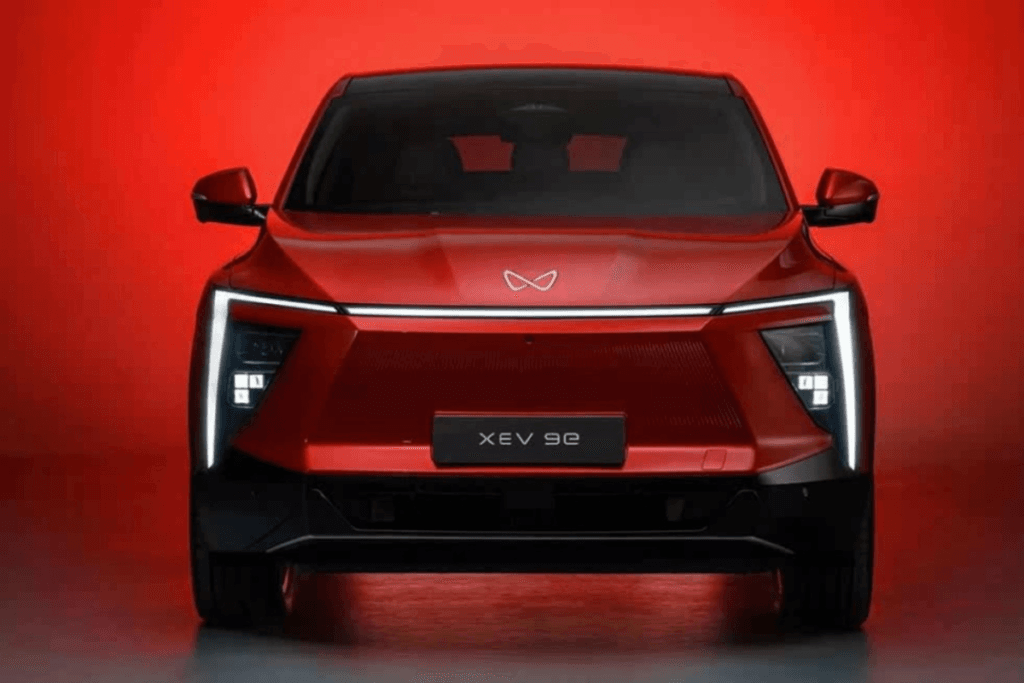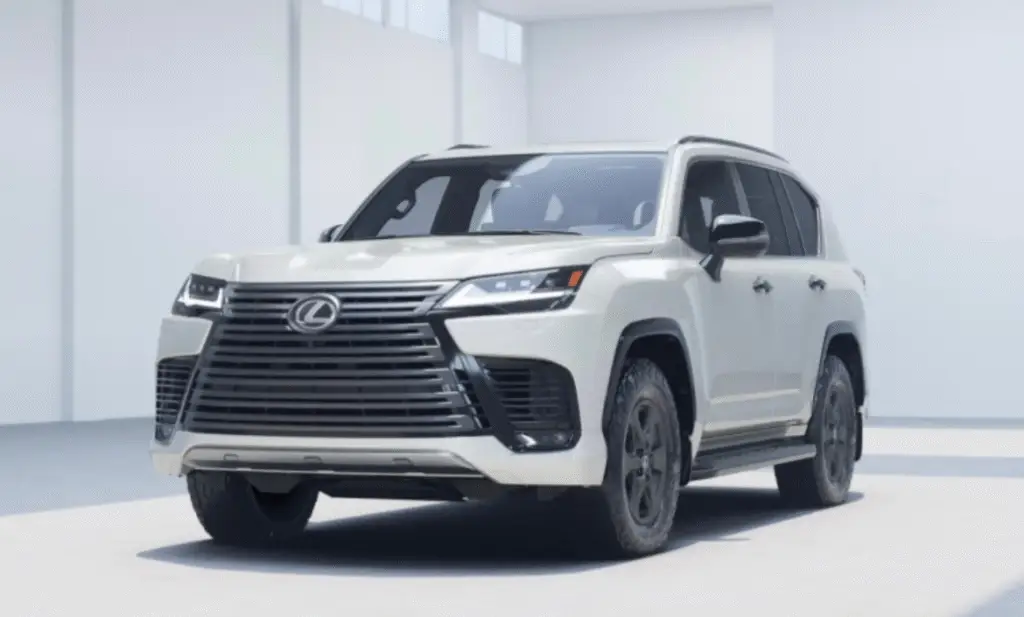2025 BMW M1000RR: When Track Tech Meets Street-Smart Swagger

In the fierce battlefield of litre-class superbikes, the BMW M1000RR has long stood as a symbol of precision, aggression, and next-level engineering. With the arrival of the 2025 model, BMW has once again raised the bar—boosting max power to a jaw-dropping 218 hp (6 more than the previous version), and throwing in some hardcore upgrades like a 14.5:1 ultra-high compression ratio, titanium alloy valves, and the latest M Winglets 3.0 for added aerodynamic punch.
Priced around ₹28–30 lakh (based on the 2024 model’s global price), this superbike may not be easy on the wallet—but is it just a high-tech showcase or actually worth every rupee? In this article, we decode BMW’s ‘M’ philosophy through three key aspects: Performance, Handling, and Electronic Intelligence.
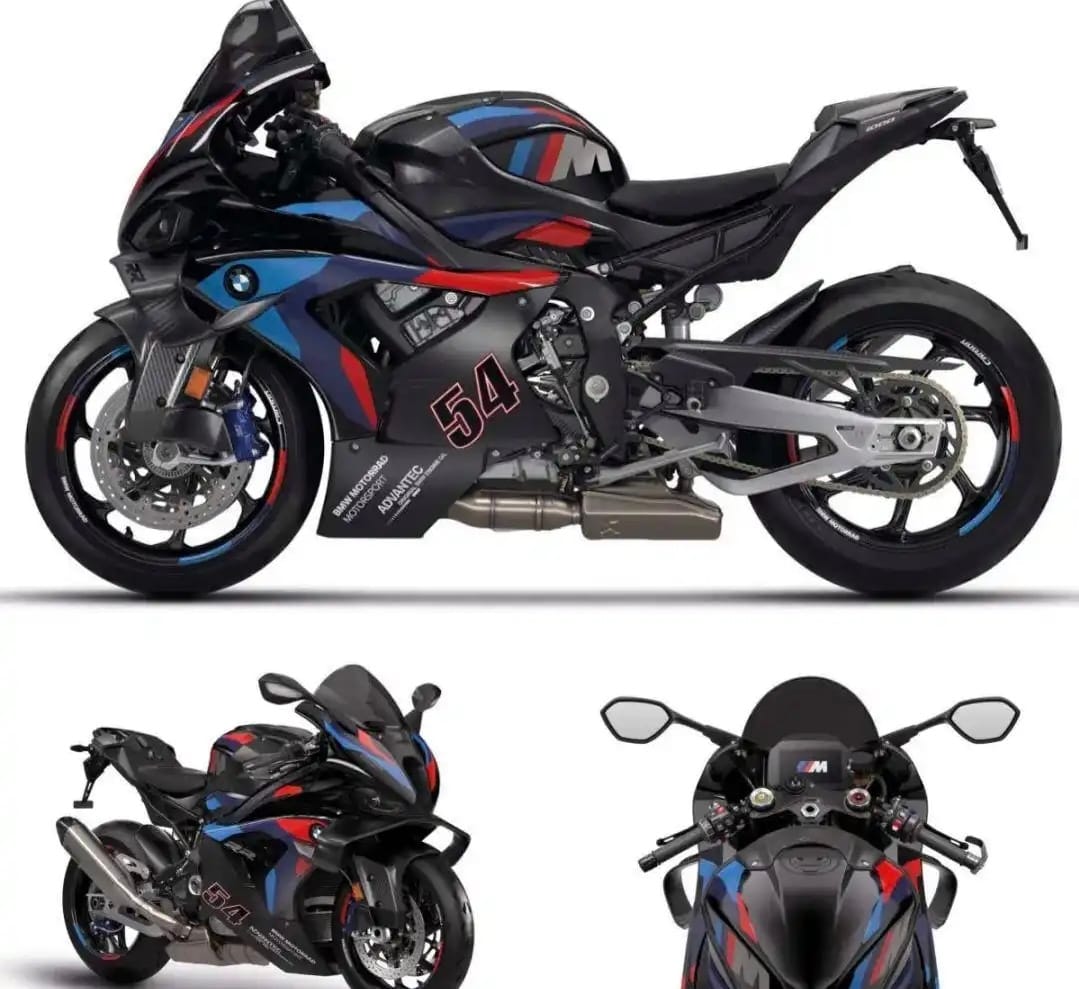
1. Powertrain: A Titanium Heart That Breathes Fire
Engine Technology That’s Ahead of Its Time
Titanium Everything: The new intake valves and connecting rods are made from titanium alloy—15% lighter, built to handle the heat, and revving effortlessly up to 15,100 rpm.
Better Breathing: With throttle size bumped up from 48mm to 52mm and a new oval intake design, airflow has improved by 17%, giving it even stronger high-speed pull.
Extreme Compression: The 14.5:1 compression ratio (up from 13.5:1) means better fuel efficiency and more power—but yes, it craves 98-octane premium fuel.
Real-World Performance
0–100 km/h: A mind-blowing 2.9 seconds—0.2 seconds quicker than the previous gen
Top Speed: Electronically capped at 314 km/h, with a theoretical limit of over 330 km/h
Fuel Consumption: Around 8.5L/100km on the track, and about 5.2L/100km on the highway
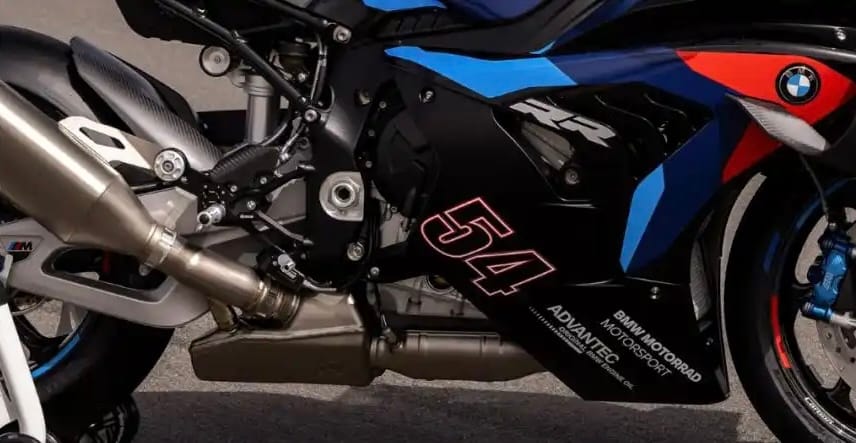
2. Control & Handling: Carbon and Aero Done Right
Light Yet Strong
Chassis: Aluminium twin-spar frame with 12% more stiffness—still weighing only 194 kg (wet)
Wheels: Standard M Carbon Wheels, 1.7 kg lighter than forged alloys, reducing rotating inertia by 27%
Aerodynamic Wizardry
M Winglets 3.0: Produces a massive 30 kg of downforce at 300 km/h (compared to 22.6 kg earlier), making cornering feel rock-solid
Fairing Update: BMW swapped carbon fiber for high-grade plastic—not everyone’s favourite move—but it helped reduce drag by 0.02
Brakes & Suspension
Brakes: Nissin dual floating discs with radial four-piston calipers, plus M Brake Ducts for cooling
Suspension: Electronically adjustable for compression and rebound—supports even track drift mode
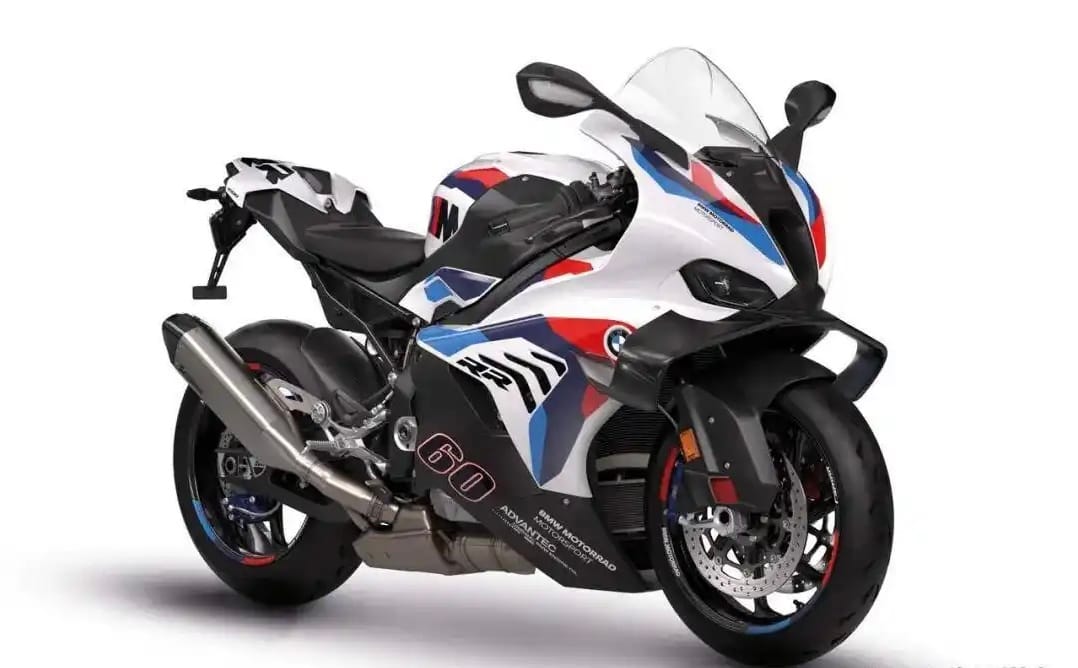
3. Electronics: Smarter Than Your Riding Buddy
7 Riding Modes for Every Mood
Comes with Rain, Road, Dynamic, Race, and three fully customizable Race Pro modes
In Race Pro, you can even allow up to 15% rear wheel slip—perfect for slick-track fun
Track-Smart Features
M GPS Laptrigger: Records your lap times, lean angles, throttle data—almost like a professional racing tool
Brake Slide Assist: Keeps the bike steady when braking hard mid-corner
Comfort and Connectivity
Short-Stroke Throttle (58°): Reduces wrist strain by 30%—great for long rides
TFT Display: 6.5-inch screen supports Bluetooth navigation, and optional tyre pressure monitoring


4. Rivals Compared: M1000RR vs ZX-10RR vs Panigale V4S
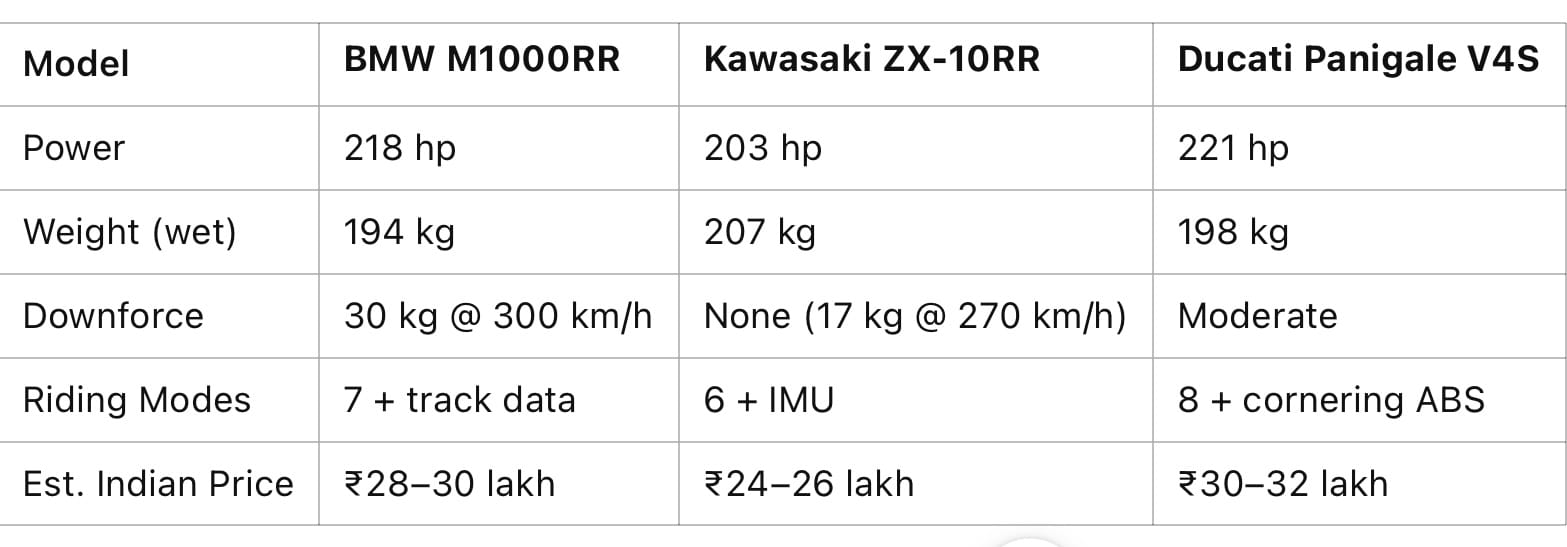
Our Picks Based on Your Style:
Hardcore Track Rider? Go for the M1000RR (most advanced electronics)
Best Value for Money? ZX-10RR (huge tuning potential)
Love That V4 Roar? Pick the Panigale V4S (unmatched exhaust note)
5. The Flipside: Things That Might Not Impress
Even a high-tech marvel like this has its flaws:
Plastic Fairing: While it helps reduce weight and drag, many fans miss the premium carbon-fiber look
Seat Height: At 832 mm, shorter riders may struggle—though a low seat version (805 mm) is available
High Maintenance: Titanium valves need replacing every 5,000 km—and each replacement can cost around ₹65,000

The 2025 BMW M1000RR isn’t just a motorcycle—it’s a road-legal WSBK racing machine.
